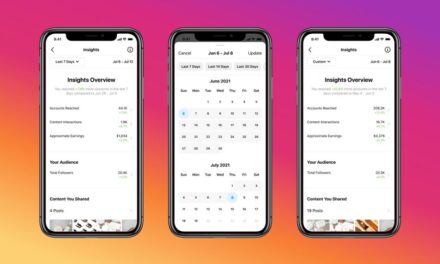Repost from: https://marketingland.com/breaking-through-with-meaningful-content-marketing-in-the-age-of-storytelling-251335
Today, it seems that everyone is a storyteller — some 550,000 marketers list storytelling in their profile on LinkedIn. But connecting with people through the power of the story requires a lot more than changing your title.
The challenge is shifting from content marketing to true storytelling: understanding an audience, inspiring them, compelling them and igniting their imagination.
“As marketers, we’ve bought into the aspiration and the ideal of storytelling-based marketing without going through the exercise of what it actually takes to become a storyteller,” says Brian Solis, a marketing expert and principal analyst at Altimeter Group. When Solis wrote “X: The Experience When Business Meets Design,” he immersed himself in the art and science of storytelling, working closely with Pixar artist and storyboarding expert Nick Sung.
Brian Solis, analyst and author of “X: The Experience When Business Meets Design”
I spoke with Brian about the gap between content marketing and storytelling, and what marketers need to know today.
Q. How should businesses by thinking about storytelling?
Brian Solis: There are some common pillars of quality storytelling — and it all starts with knowing your audience, what they love/don’t love, what they value, etc.
Aside from the seven common plots of story, there are pillars that resonate with certain audiences, depending on their goals and yours. These include inspiration, usefulness, importance and inclusivity, just to name a few — and these apply to content marketing, too.
Q. How can marketers apply this framework to their campaigns?
The arc of a marketing campaign is usually the opposite of a traditional story arc. The climax, which is typically the product launch day in business, is followed by the supporting action and road to wider adoption — until the budget runs out or the campaign is over.
Stories are continuous. Opportunities for engagement are always on. Customers do not go on/off based on your campaign or content calendar.
For marketers, the hero in the Hero’s Journey is your customer. Think about how they traverse their world every day and what information they need to succeed and be the “hero” in their story, then use that to inspire your stories.
Q. What mistakes do you see marketers making when applying storytelling to their content efforts?
Too many marketers have no clear idea who they’re trying to reach, what’s important to them and why. Sixty percent of marketers still don’t have a documented content strategy, my research has found, even though nearly three in four marketers plan to spend more on content in the coming year.
It’s difficult for any brand to stand out right now, and content is more often designed to be “viral” rather than engaging, useful or empathetic. That’s a big reason why a significant amount of content fails.
Q. Is the shortening attention span of mobile users making it more difficult for content marketing to resonate?
Mobile devices are like digital appendages. Consumers are busy living their “best” lives while being inundated with information on mobile.
People don’t want marketing and brand-approved messages. They want personalization, usefulness and value. They’re willing to pay attention to — and share — content that speaks to them, helps them, or boosts them within their community.
That means thoughtful and relevant stories that they can consume based on their state of mind or intent and their preferences and expectations…at the right time, in the right context in the right format.
Q. How can marketers best measure their success?
The underlying problem is that many marketers have lost sight of who they’re really creating content for. Instead of investing in engaging with their audiences of human beings who have intent, goals, aspirations, passions, needs, they’re prioritizing quantity and developing campaigns for the people who are approving their work.
Too often, I see marketers measure success with vanity metrics such as likes, traffic, views and followers. These numbers actually take them further from the people who matter — those who need their experience and advice.
Instead, I’d suggest that marketers focus on growth. Use AI and machine learning to predict intent. Translate those insights into content that matters to customers. Then, consider designing for the A.R.T. of engagement (actions, reactions and transactions).
Track the impact you’re making on the people and the businesses you’re trying to reach. That means knowing what moves the needle with them by considering the meaning, utility and value that your marketing content provides.















